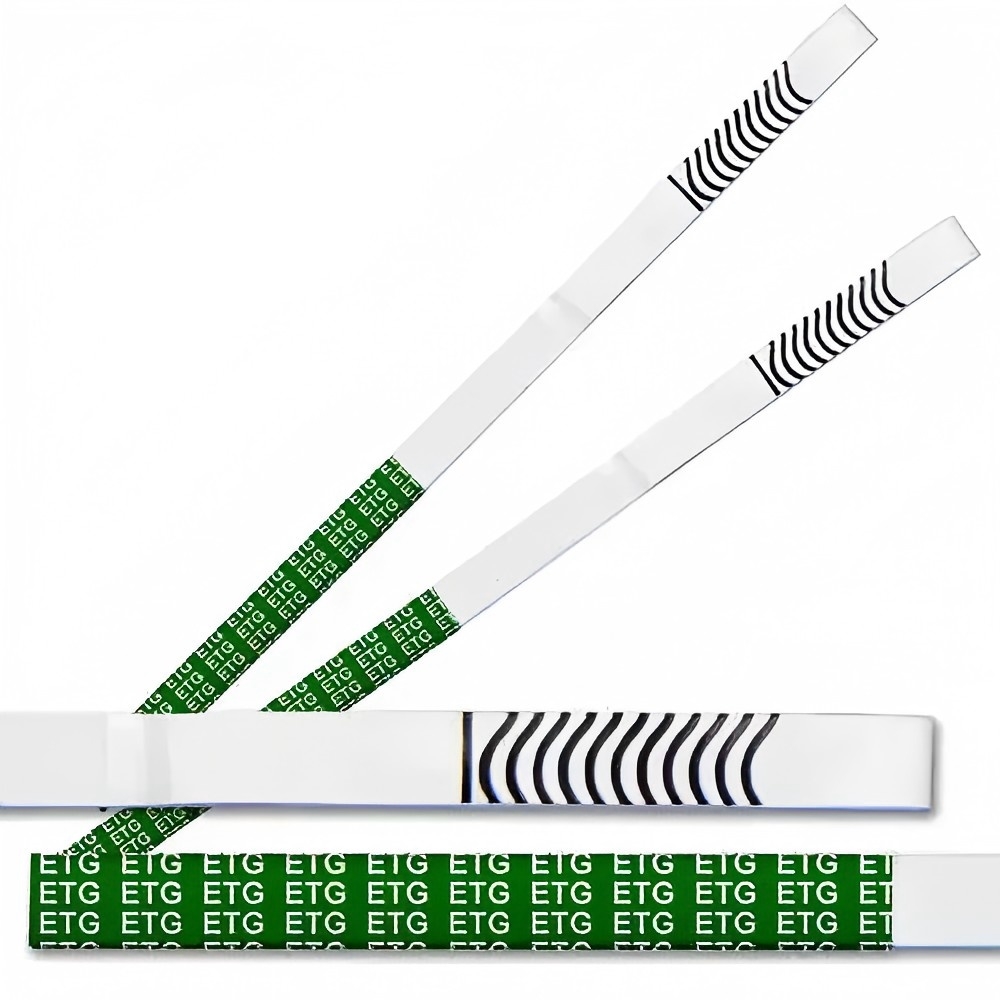Overview of Point-of-Care Testing (POCT) Accuracy
Point-of-care testing (POCT) has transformed the diagnostic landscape by allowing medical tests to be conducted rapidly outside traditional laboratory settings. The popularity of POCT stems from its ability to deliver quick and reliable results, which is crucial in both chronic disease management and acute infection cases. With advances in microfluidics, data processing, and miniaturization, POCT's accuracy has significantly improved, bringing it closer to conventional lab-based tests.
Historical Context and Importance
The inception of POCT dates back to the early 1970s with the idea of providing immediate test results in critical care settings. Over the years, its utilization has expanded globally, addressing the high demand for prompt medical diagnosis and treatment decisions. The rapid diagnostic capacity of POCT is vital in settings requiring immediate therapeutic interventions.
Factors Affecting POCT Accuracy
The accuracy of POCT is subject to several influencing factors. While technological strides have bolstered precision, there remain certain impediments that affect the reliability of diagnostic results, requiring a thorough examination.
User Error and Procedural Variability
One of the principal challenges in ensuring POCT accuracy is user error. Since these tests are often administered by personnel with varying levels of training, inconsistencies in sample handling and test execution can lead to erroneous results. Standardized protocols and rigorous training programs are essential to mitigate this risk.
Environmental Conditions
Environmental conditions such as temperature, humidity, and lighting can adversely impact POCT accuracy. Ensuring optimal conditions during testing is crucial for obtaining reliable results. Manufacturers have been working on developing more robust devices that can withstand a wider range of environmental variables.
Benefits Versus Challenges in POCT
POCT offers undeniable benefits, from quick results to improved patient care pathways. However, these benefits are counterbalanced by certain challenges that could impede their effective integration into healthcare systems.
Convenience and Speed
The chief advantage of POCT is its capacity to deliver results rapidly, enabling healthcare providers to make timely decisions. This is especially beneficial in emergency settings where every second counts. Moreover, POCT reduces the need for patient transportation to facilities, further streamlining care delivery.
Cost-Effectiveness Concerns
While POCT devices potentially reduce overall healthcare costs by streamlining workflows, they can be expensive in terms of per-test cost. The absence of economies of scale that benefit centralized laboratories results in higher unit costs for POCT, posing a financial challenge for resource-limited settings.
Improving POCT for Better Accuracy
Enhancements to the technology underpinning POCT continue to drive improvements in accuracy. Manufacturers and suppliers are striving to develop devices that surpass current performance benchmarks.
Technological Innovations
Recent advancements in microfluidics and data processing have significantly improved POCT's precision. Integrating intelligent technologies such as AI has further enhanced diagnostic accuracy, making it a reliable complement to lab-based methods.
The Role of Cost-Effectiveness in POCT
Cost-effectiveness remains a pivotal element in the adoption and implementation of POCT across various healthcare settings. Manufacturing strategies and supplier networks play a critical role in determining the financial viability of these devices.
Economic Viability
The development of economically viable POCT devices that offer high accuracy without inflating operational costs is imperative. Manufacturers are focusing on large-scale production and streamlined supply chains to reduce costs and improve access.
Regulatory Landscape for POCT Accuracy
The regulatory frameworks governing POCT differ across regions, affecting both manufacturers and end-users. Compliance with these regulations is vital to ensure device safety and accuracy.
Regional Variations and Challenges
The variability in regulatory standards across different regions can pose challenges for manufacturers and suppliers. Meeting diverse regulatory requirements necessitates significant resource allocation and strategic planning.
Technological Integration in Enhancing POCT
Integration of cutting-edge technologies has been at the forefront of enhancing POCT accuracy. The collaboration between manufacturers and the innovative technology sector is pivotal in this development.
Smart Testing Solutions
Incorporating sensor technologies and AI-driven data analysis into POCT devices has markedly improved their diagnostic capabilities. Manufacturers are focusing on the development of smart testing solutions that offer real-time monitoring and data interpretation.
Patient-Centric Advantages of POCT
POCT has redefined patient-centered care by offering convenient testing solutions that align with the evolving needs of healthcare consumers. Suppliers play a crucial role in ensuring the availability of these devices where they are needed most.
Empowering Patients
POCT empowers patients by facilitating home-based testing, thus promoting better disease management and compliance with treatment regimens. The availability of accurate, user-friendly POCT devices from trusted suppliers enhances patient autonomy and health outcomes.
Globalization and POCT Accuracy Trends
The globalization of POCT has introduced new opportunities and challenges in maintaining accuracy standards across diverse healthcare systems.
Worldwide Adoption
The spread of POCT across different regions has been accompanied by efforts to standardize accuracy metrics. Manufacturers and suppliers must navigate this complex landscape to ensure consistency in product performance globally.
Future Projections and Developments in POCT Accuracy
As we look to the future, ongoing research and development efforts promise further advancements in POCT accuracy. Manufacturers are poised to play a pivotal role in this evolution.
Innovative Pipeline
Future POCT developments focus on integrating multi-modality testing capabilities into compact devices, enabling comprehensive diagnostics from minimal sample volumes. These innovations hold the potential to redefine the diagnostic landscape and improve patient care worldwide.
Hysen Provide solutions
Hysen offers comprehensive solutions for optimizing POCT accuracy by collaborating with manufacturers and suppliers to enhance device performance. By focusing on cutting-edge technology integration, user training, and robust supply networks, Hysen ensures that POCT devices deliver reliable and accurate results. Our commitment to quality and innovation positions us as a leader in the evolving landscape of point-of-care diagnostics, meeting the diverse needs of healthcare providers and patients alike.
User hot search: Point of Care Testing
Post time: Jul-25-2025
















